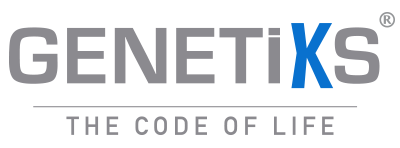After the introduction of Next Generation Sequencing (NGS) devices in the diagnosis of genetic diseases, the method of analysis called “whole exom sequencing Sek was adapted and developed for these devices. It is aimed to examine almost all of the regions called exons in the human genome by the whole exom sequencing method. With this method; Similar to other NGS tests, it was possible to perform these tests in exom sequencing studies and to obtain quick results and cost-effective.
Properties of all exom sequencing techniques
A small amount of blood sample is sufficient to work
Examine all exons of parents with sick child
Fast results (~ 1.5-2 months)
Low costs according to the scope of the test
It can also be used in patients without clinical diagnosis *
In cases where a genetic disease is suspected but not diagnosed, standard chromosome analysis should be performed and aCGH application should be recommended. If aCGH test is normal, a all exom sequencing normal may be recommended in the final stage.
One of the most important advantages of exogenous sequencing is that it offers a chance for diagnosis to patients who cannot be diagnosed clinically. In such patients, there was not much that genetic science could do before, so no other suggestions could be made. After the introduction of exsomal sequencing, many patients who could not be diagnosed clinically or whose test results were found to be normal after the initial diagnosis could be diagnosed. In addition, it is possible to identify prenatal diagnosis in new pregnancies of families with sick children and to identify the embryos in patients who want to be genetically examined by in vitro fertilization stage.
Our Center; Before the analysis, detailed disease information is taken and the family tree is removed, which has a very important role for the correct evaluation of the exogenous sequencing results. Exemplary exon sequencing is performed for all the blood samples belonging to the mother and father with the patient child and the data are evaluated with the information obtained from the family. If the sick child is not alive, an autopsy has been carried out, studies are carried out on the tissues of the infant, which are stored in the pathology laboratory, or blood and DNA samples that were previously stored. If the patient is not a sample, exams are performed only from the parents and the results of the study are evaluated for autosomal recessive diseases and the disease is diagnosed.

 Türkçe
Türkçe English
English عربي
عربي